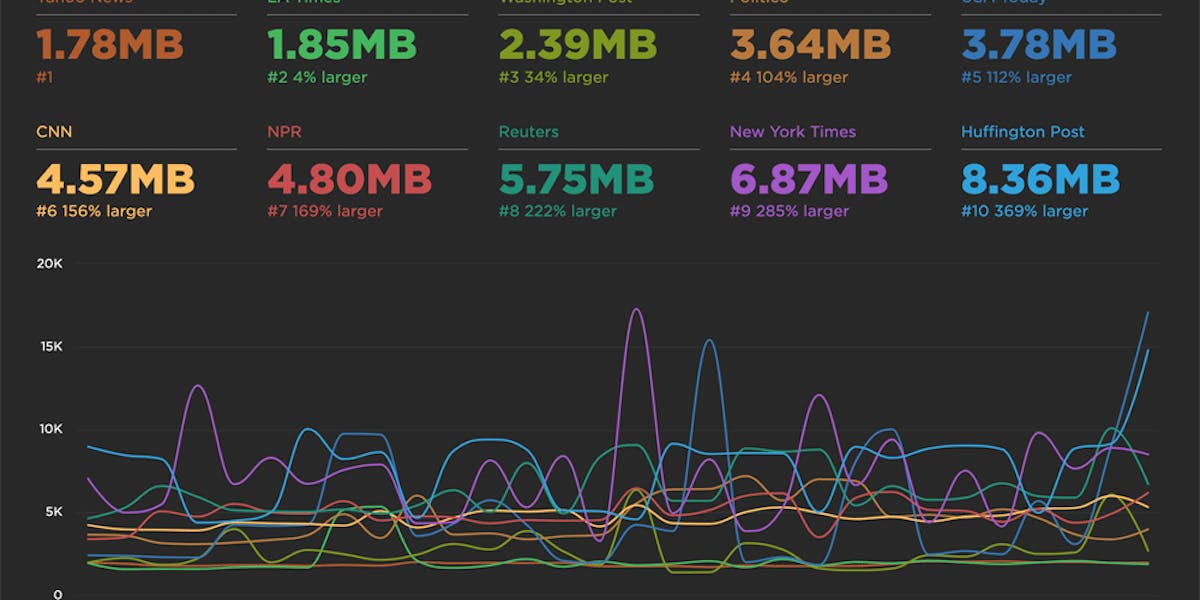The language and metrics of UX evolve at Velocity 2015
Originally published on the O'Reilly Radar Blog
I’ve attended four O’Reilly Velocity conferences over the last year, and I was struck by a notable shift in the conversations at Velocity in Santa Clara, Calif. Many speakers and attendees have started to change their language and describe the experience of their websites and apps from the user’s perspective.
The balance has shifted from just talking about how fast or reliable a particular system is to the overall experience a user has when they interact with and experience a product. Many people are now looking at themselves from the outside in and developing more empathy for their users. The words “user” and “user experience” were mentioned again and again by speakers.
Here are recent talks from Velocity and other events that highlight this shift to UX concerns.
The next billion users
At Velocity 2015 in Santa Clara, Bruce Lawson described the dramatic growth of connected users in Asia and Africa, while highlighting the challenge faced when trying to deliver great experiences to a broad range of devices. Companies looking to these regions for their next billion users need to keep in mind that these users are on underpowered phones over slow networks with high data costs.
Reaching everyone
The techniques required to reach such a broad audience were covered by Tim Kadlec at Velocity 2015 in Santa Clara, who took us through the process of creating a high-performant responsive site that can effectively reach a diverse global audience. Here’s Kadlec’s related talk from Velocity 2014 in New York:
The path to performance
Successful performance begins far earlier than development. So, how do you get your entire team excited by it? At Velocity 2015 in Santa Clara, Katie Kovalcin discussed everyone’s role in performance and how to get all teammates caring.
Design + performance
Steve Souders really captured the growing crossover of design and performance cultures within organizations and the desperate need to move from purely technical instrumentation to a focus on custom metrics that capture what the user actually sees as the page loads. Below you’ll find Souders’ related talk from Fluent 2015:
Visualizing performance data in engaging ways
In the talk I gave, I focused on how performance data can be visualized in ways that engage the wider team, ensuring that everyone across the organization understands the impact of their work on the user experience:
Coming from a design background, I’m happy discussions at Velocity are focusing on the importance of viewing performance from the user’s perspective. The key is ensuring that the design and development process keeps the user and their experience of a product as a constant focus.
Operations has users, too
Running and maintaining high-performance, highly-available sites and apps necessitates a near obsession with monitoring and metrics. With operational metrics come a host of tools, and the current state of these tools is unfortunately well behind the end-user customer experience. Two talks focused on the need for a UX-focused approach for operations tools, one from the perspective of UX designer Tim Sheiner, the other from Rob Treat, who uses ops tools on a daily basis. Both stressed the importance of understanding the goals, tasks, and mindset of operations teams when building tools, notably for handling stressful situations like site outages.
Velocity was one of the early places where DevOps originated, bringing developers and ops folks closer together. Last week, we witnessed an additional convergence of developers, ops, and designers. It’s exciting that Velocity is helping these siloed groups find ways to share with and learn from each other. Much of this thinking comes from Lara Callender Hogan’s book Designing for Performance. If you want to produce amazing, fast, enjoyable user experiences, I recommend you read Hogan’s book and review the sessions highlighted above. And keep your focus on the user.



